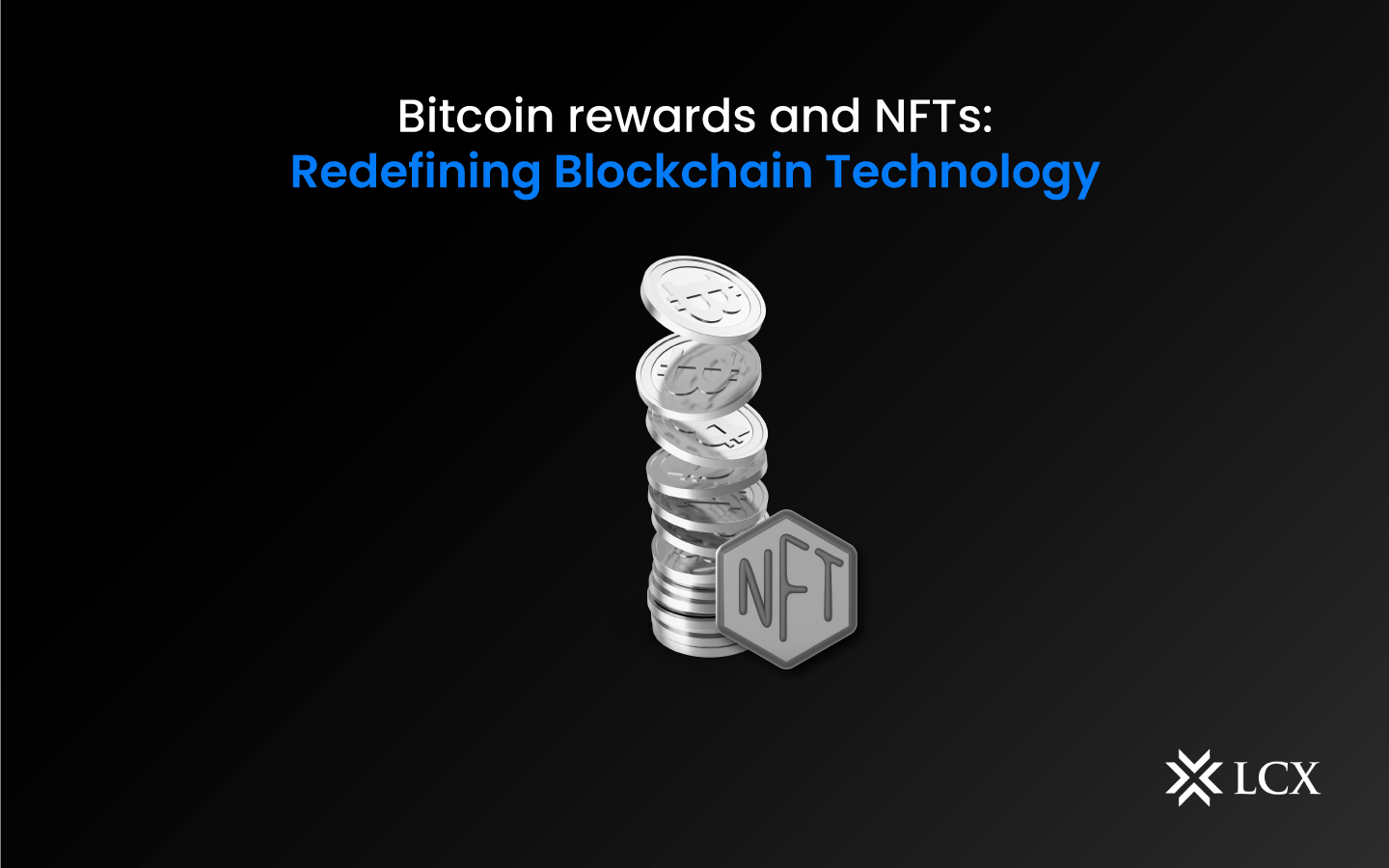How can blockchain technology help the race to zero?

[gpt3]rewrite
Blockchain technology can play a significant role in supporting the race to achieve net-zero emissions by providing transparency, traceability and efficiency in various aspects of sustainability initiatives, especially in the energy sector, says the World Economic Forum (WEF).
A critical aspect identified by the WEF is the development of measurement standards, which will serve as a basis for comparison and thus lead to the most efficient and sustainable choices.
Last September, the WEF launched the Crypto Sustainability Coalition, which investigates how web3 and blockchain tools can be leveraged to achieve positive climate action. The new coalition is a public-private initiative organized by the WEF and consists of 30 partners.
It is more important than ever that the crypto and innovation community agree on a common set of measurement standards.
Cathy Mulligan, Brynly Llyr and Kirsteen Harrisson for the WEF Platform on Technology and Innovation

The trio argues that measurement is essential to enable technology to contribute to the world’s net-zero goal and calls on the crypto community to agree on a common understanding to set standards to enable different protocols to compare their overall environmental impact.
“Without a solid understanding of the impact of a particular technology, it is unlikely that effective adjustments can be made to improve environmental performance. For any measurement to be useful across an industry, it must be comparable across different parts of that sector , and the methodologies must be clear and transparent,” they said.
Some ways blockchain technology can actually help support the fight towards net zero emissions include:
1. Carbon tracking and displacement
Blockchain can enable accurate and transparent tracking of carbon emissions and associated compensation efforts. Using smart contracts and distributed ledger technology, carbon credits and offsets can be recorded, verified and traded reliably. This process ensures the integrity of emissions reduction projects and helps businesses and individuals make informed decisions about their carbon footprint.

2. Trade in renewable energy
This cutting-edge technology can also facilitate peer-to-peer energy trading, enabling direct transactions between renewable energy producers and consumers. Through smart contracts and decentralized platforms, excess renewable energy generated can be efficiently sold to other users, promoting a decentralized energy grid and supporting the adoption of renewable sources.
3. Transparency in the supply chain
Transparency in the supply chain can also be improved using blockchain technology by tracking and verifying products’ origin, authenticity and environmental impact. The process works by integrating blockchain with Internet of things (IoT) devices, which make it possible to track every step of a product’s journey – from raw material sourcing to manufacturing, transportation and end-user consumption. This transparency helps identify inefficiencies, reduce waste and ultimately improve the use of sustainable practices.
[gpt3]
























